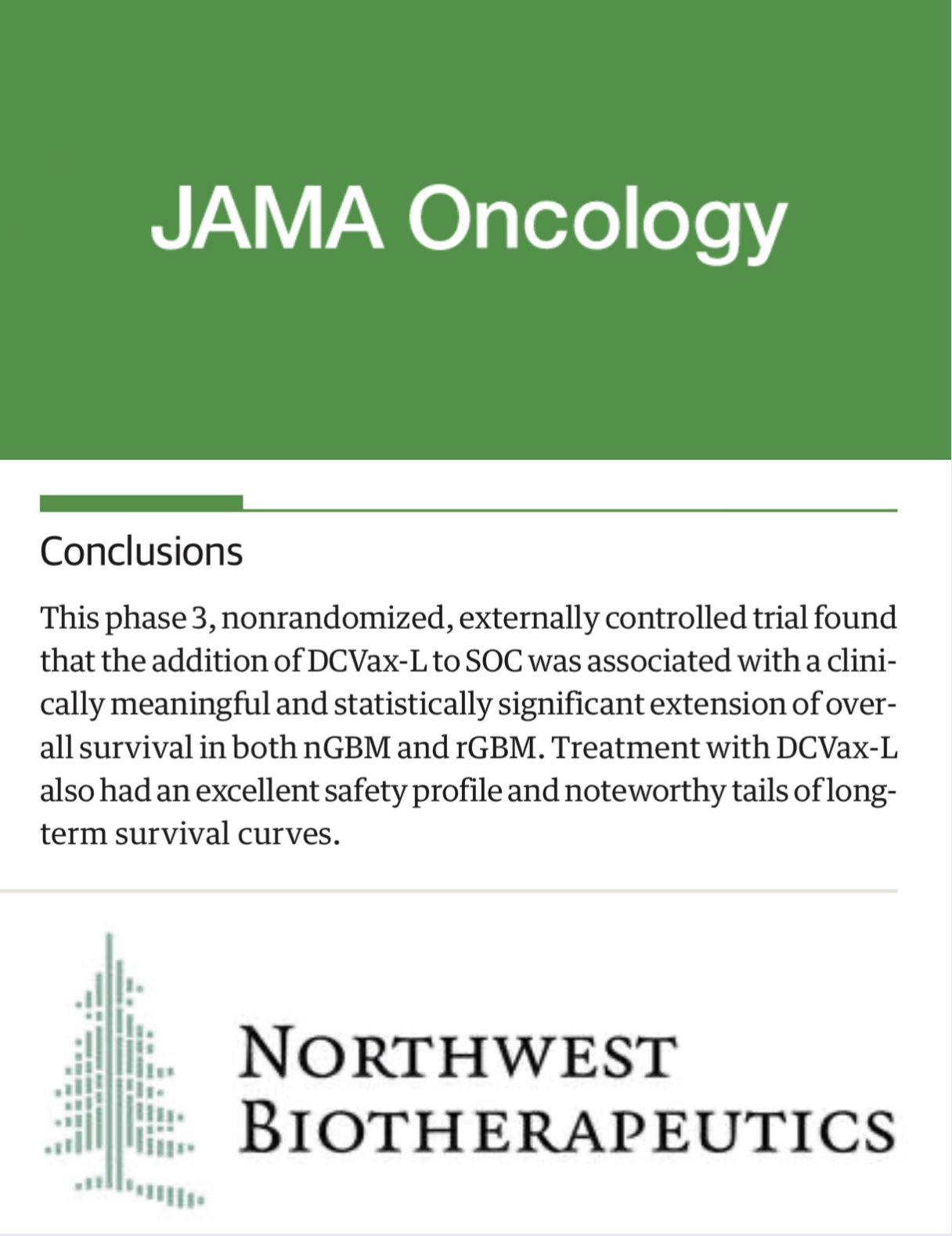Active Monitoring, Surgery, and Radiotherapy for Cribriform-Positive and Cribriform-Negative Prostate Cancer: A Secondary Analysis of the PROTECT Randomized Clinical Trial.
IF 20.1
1区 医学
Q1 ONCOLOGY
引用次数: 0
Abstract
Importance Cribriform prostate cancer is associated with poor outcomes; however, its optimal treatment strategy remains unclear in the absence of randomized data. Objective To retrospectively analyze the results of the PROTECT randomized clinical trial to establish the association between cribriform-positive and cribriform-negative prostate cancer and 15-year risk of metastasis in patients who underwent active monitoring, surgery, or radiotherapy. Design, Setting, and Participants Between 1999 and 2009, the PROTECT phase 3 randomized clinical trial enrolled 1643 men with clinically localized prostate cancer who were randomly assigned to receive active monitoring, surgery, or radiotherapy with neoadjuvant androgen deprivation therapy (ADT). In this secondary analysis of the PROTECT trial, a centralized histopathologic review was conducted on available diagnostic biopsy slides to classify patients as cribriform-positive if they had invasive cribriform carcinoma and/or intraductal carcinoma. Data were collected from January 25, 2024, to October 11, 2024, and were analyzed from October 14, 2024, to January 30, 2025. Exposures Age, prostate-specific antigen (PSA), Gleason score, and cribriform status. Main Outcomes and Measures The primary outcome was progression to metastatic disease (bony, visceral, or lymph node metastases on imaging or PSA >100 ng/mL). Multivariable Cox proportional hazards regression models, adjusted for randomization variables, were incorporated to assess 15-year metastasis risk. Cumulative incidence curves were compared using the Gray test. Both intention-to-treat and per-protocol analyses were performed. Results Among 712 men (mean [SD] age, 62.0 [5.0] years) whose biopsies were retrospectively reviewed, 93 (13.1%) had cribriform-positive disease and 42 (5.9%) developed metastasis. In the intention-to-treat cohort, cribriform-positive disease significantly increased the risk of metastasis (hazard ratio [HR], 3.61 [95% CI, 1.60-8.11]; P = .003). Radiotherapy with neoadjuvant ADT significantly reduced metastasis risk (HR, 0.35 [95% CI, 0.16-0.78]; P = .04) (15-year cumulative incidence in patients with cribriform-positive disease, 8%), while surgery delayed metastasis but did not significantly improve long-term outcomes compared with active monitoring (HR, 0.52 [95% CI, 0.25-1.08]; P = .09) (15-year cumulative incidence in patients with cribriform-positive disease, 26% for surgery and 25% for active monitoring). Among patients with cribriform-negative disease, incidence of metastasis was low and did not differ by treatment. Similar per-protocol results were noted. Conclusions and Relevance The findings of this secondary analysis of the PROTECT randomized clinical trial suggest that cribriform morphology was a strong, independent predictor of 15-year metastasis among patients with prostate cancer and that radiotherapy with neoadjuvant ADT was associated with a reduced long-term risk of metastasis. Conversely, outcomes were favorable for most patients with cribriform-negative disease, supporting their eligibility for active surveillance. Trial Registration ClinicalTrials.gov Identifier: NCT02044172.筛孔膜阳性和筛孔膜阴性前列腺癌的主动监测、手术和放疗:对PROTECT随机临床试验的二次分析
重要性:线状前列腺癌与不良预后相关;然而,在缺乏随机数据的情况下,其最佳治疗策略仍不清楚。目的回顾性分析PROTECT随机临床试验的结果,以确定筛孔阳性和筛孔阴性前列腺癌与接受主动监测、手术或放疗的患者15年转移风险之间的关系。设计、环境和参与者1999年至2009年间,PROTECT iii期随机临床试验招募了1643名临床局限性前列腺癌患者,他们被随机分配接受主动监测、手术或新辅助雄激素剥夺治疗(ADT)的放疗。在PROTECT试验的二次分析中,对可用的诊断活检切片进行集中的组织病理学检查,将患有浸润性筛孔癌和/或导管内癌的患者分类为筛孔阳性。数据采集时间为2024年1月25日至2024年10月11日,分析时间为2024年10月14日至2025年1月30日。暴露年龄、前列腺特异性抗原(PSA)、Gleason评分和筛状状态。主要结局和测量:主要结局是进展为转移性疾病(影像学或PSA水平为100 ng/mL的骨、内脏或淋巴结转移)。纳入多变量Cox比例风险回归模型,对随机变量进行调整,以评估15年转移风险。累积发生率曲线采用Gray检验比较。进行意向治疗和方案分析。结果回顾性回顾712例活检患者(平均[SD]年龄62.0[5.0]岁),其中93例(13.1%)为筛孔膜阳性,42例(5.9%)发生转移。在意向治疗队列中,筛孔膜阳性疾病显著增加了转移的风险(风险比[HR], 3.61 [95% CI, 1.60-8.11]; P = 0.003)。新辅助ADT放疗可显著降低转移风险(HR, 0.35 [95% CI, 0.16-0.78];04)(筛状膜阳性疾病患者15年累积发病率,8%),而手术延迟转移,但与主动监测相比,没有显著改善长期预后(HR, 0.52 [95% CI, 0.25-1.08];09)(筛孔膜阳性疾病患者15年累积发病率,手术26%,主动监测25%)。在筛膜阴性的患者中,转移的发生率很低,并且在不同的治疗中没有差异。注意到类似的协议结果。结论和相关性:这项PROTECT随机临床试验的二级分析结果表明,筛状形态是前列腺癌患者15年转移的一个强有力的独立预测因素,新辅助ADT放疗与降低长期转移风险相关。相反,大多数筛膜阴性患者的结果是有利的,支持他们有资格进行主动监测。临床试验注册号:NCT02044172。
本文章由计算机程序翻译,如有差异,请以英文原文为准。
求助全文
约1分钟内获得全文
求助全文
来源期刊

JAMA Oncology
Medicine-Oncology
自引率
1.80%
发文量
423
期刊介绍:
JAMA Oncology is an international peer-reviewed journal that serves as the leading publication for scientists, clinicians, and trainees working in the field of oncology. It is part of the JAMA Network, a collection of peer-reviewed medical and specialty publications.
 求助内容:
求助内容: 应助结果提醒方式:
应助结果提醒方式:


